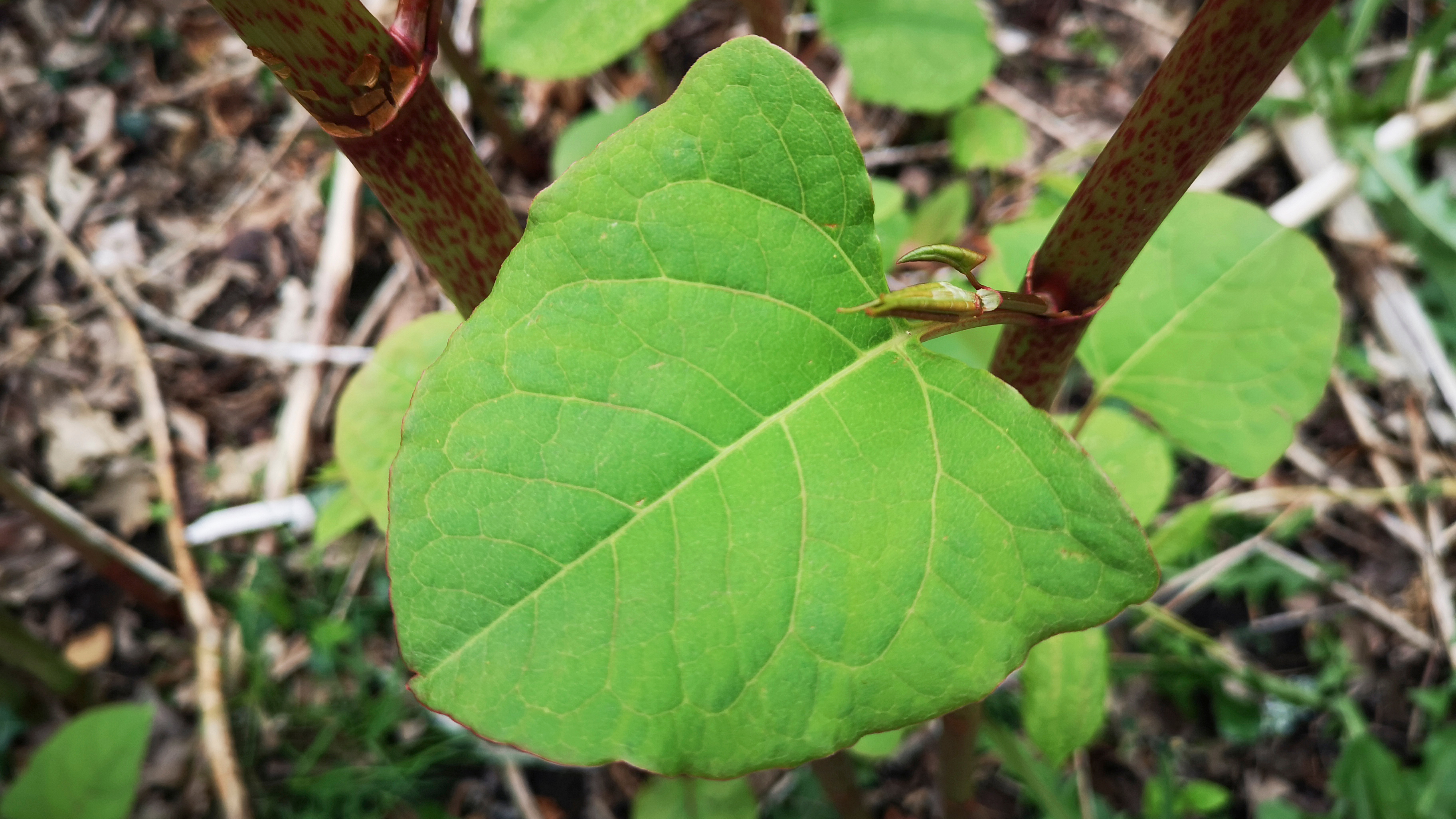
Once popularised by garden makeover shows as an ideal screening plant, bamboo has been widely planted in gardens throughout the UK.
Yet today it is increasingly recognised as a concern, particularly by new homeowners who may inherit problems caused by years of unchecked growth or become entangled in disputes with neighbours about responsible management or encroachment of the plant.
In other cases, issues arise from planting bamboo without sufficient guidance, as many retail labels fail to warn about the plant's invasive potential or need for containment.
There is also a clear lack of accurate public understanding about bamboo – especially when it comes to distinguishing species and recognising their growth tendencies. These misconceptions have been fuelled by legal cases, online forums and media reports, which often characterise bamboo as Japanese knotweed 2.0.
Currently, there is no legislation that specifically regulates bamboo, neither is its waste classified as controlled in the same way as Japanese knotweed.
However, the absence of specific legislation regulating bamboo does not eliminate risk. Homeowners may still find themselves subject to legal action under private nuisance laws, particularly under the Anti-social Behaviour, Crime and Policing Act 2014. As with trees and other vegetation, this is especially relevant where bamboo has spread across property boundaries, causing damage or disruption to neighbouring land.
These issues are entirely avoidable when homeowners are properly informed, understand their responsibilities and take early, proactive steps to manage and contain bamboo before it spreads.
Informed homeowners can manage bamboo
Bamboo species fall into two main types based on their root structure: leptomorphs, or running bamboos; and pachymorphs, or clumping bamboos.
While the latter are generally less aggressive, they can still spread if not managed. Leptomorphs by contrast send out long underground runners, often surfacing metres from the original planting site. It's these roots that can cause the most damage and should be the primary target for containment.
Certain genera of bamboo such as Phyllostachys or Sasa have even demonstrated the ability to penetrate existing structural weaknesses, encroach underneath internal floorboards and damage hard landscaping features or neighbouring fences. When combined with loss of amenity, this understandably deters some prospective buyers.
Depending on the circumstances, homeowners can take simple measures to manage bamboo before professional intervention becomes necessary, including:
- regular cutting back of new shoots
- installing trenches at least 0.6m deep, and roughly 2m around the perimeter of the plant to allow homeowners to dig and remove spreading roots each year
- digging out small sections as the plant grows beyond its confines
- containment strategies, such as high-density polyethylene barriers, that help limit spread if installed at the time of planting and maintained regularly.
However, it's essential that any bamboo waste removed is handled responsibly, as incorrect disposal could enable further spread.
Guidance supports control of invasive weeds
Professional support should be sought when bamboo escapes its original planting area or begins to cause damage. The Property Care Association (PCA) strongly recommends working with a contractor accredited to its Invasive Weed Control Group (IWCG).
These professionals follow PCA's invasive non-native plant code of practice, a detailed guide that outlines methodology, survey expectations and site-specific management planning. It also includes a framework for assessing the risk of structural damage, loss of amenity value and inadvertent spread.
While bamboo is not specifically referenced in RICS' Japanese knotweed and residential property, the standard does acknowledge that other invasive plants can affect amenity value and require appropriate management.
It notes that: 'Brambles can take over gardens if left uncontrolled, and gardeners well understand the difficulties of dealing with persistent invasive weeds such as bindweed.' But it adds: 'The concept of zero tolerance of weeds does not align with weed management generally, where the requirement is for regular maintenance rather than seeking permanent eradication.'
Risk assessment will enable proportionate approach
This reinforces the importance of taking a proportionate, informed approach to invasive bamboo.
Rather than blanket condemnation or unnecessary alarm, the focus should be on appropriate risk assessment, encouraging management where feasible, and seeking professional advice when the risk warrants it.
At the core of this discussion lies the need for clearer public communication. While bamboo does present risks, it is not the same as Japanese knotweed.
The stigma around Japanese knotweed was worsened by the absence of a dedicated professional response, but today the IWCG has nearly 90 active members operating across the UK.
Over the past decade, these professionals have developed extensive expertise in managing a wide range of invasive non-native plants.
Bamboo is simply another example where competent individuals already possess the knowledge and experience to deal with the issue effectively.
'The focus should be on appropriate risk assessment, encouraging management where feasible, and seeking professional advice when the risk warrants it'
RICS recommends this article to property surveyors for awareness – while bamboo is not the same as Japanese knotweed, it can spread, and surveyors should duly consider its presence and report it where necessary.



